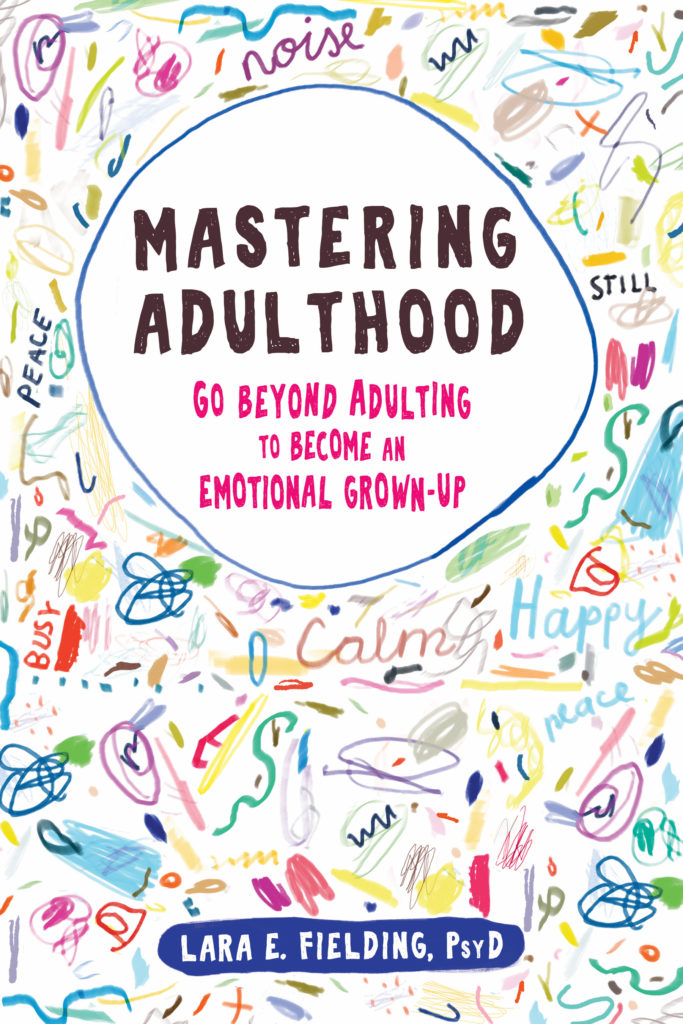More good feelings — less bad ones.
All humans want to feel good and avoid feeling bad as much as possible. But over time we can loose our willingness to experience the later in the service of the former. When people come to my practice for help, it is usually, and understandably, with the aim of feeling better. When I ask what their goal is, the answer is usually something like, “I don’t want to be anxious anymore,” or “I want to stop feeling sad.” And “ I want to be happy!” The problem is, our system simply does not allow for us to “get rid of” all the “negative” feelings, while maintaining the “positive” feelings like joy, inspiration, vitality! The price of entry into happiness is learning to tolerate discomfort.
The trick is to titrate the amount of discomfort you allow in, and know HOW to flexibly move in and out of comfort and discomfort. This is not always intuitive. What worked when we were young often stops working as the road of life changes. The first impulse is to try to do more of the same. Like an addict we increase the dose of the old feel good strategy. We fall into bad behavior and thinking habits. When those habits need changing, it’s gonna be uncomfortable at first! But us humans do not like feeling uncomfortable. It is our natural instinct to do more of what feels good less of what feels bad. Our need for immediate reward is what keeps us stuck in the habits that maintain our unhappiness.
The thing is, most of these thinking and behavior habits are completely outside our awareness. This is where mindfulness and Mindful-Mastery skills come in. Mindfulness practices teach us to observe the habit patterns of the mind. We begin to see the subtle impulses, desires, judgments as our own mind activity, rather than facts about the situation. The hard part is sitting with it (the negative mind scripts) long enough to recognize that they are scripts not facts. Once we learn to see this, the suffering caused by the mind habit is alleviated! And thus it is so; ya gotta feel bad, to feel good.


How much bad does one need to experience to feel good ? While implicitly it seems clear that one needs references on both sides of a relative scale, how much does one need to experience in absolute terms (quantity) ? How do we find the balance of how much bad will deliver good ? Or is the novelty (quality) of either feeling the important factor ? Thank you for your insight.
Thank you for your reply! The answer to "how much" good/bad ratio is 2 fold: 1. It depends. On what the situation calls for and how important it is to you, as well as the reality of the situation. For example, if I am a size 10 shoe. And I really really want those size 8 Manolo Blanik shoes to work for me. I have to decide how much the goal (good) balances the bad (pain). The second answer is this. When the goal is related to a dearly held Value, which gives our life meaning, then we push ourselves to do what ever it takes. So, training for the Olympics for example. A lot of pain, over a long period of time + hope leads to a potential reward. But not all rewards are as guarenteed as the Manolos.
Good post! We are linking to this particularly great content on our site.
Keep up the good writing.